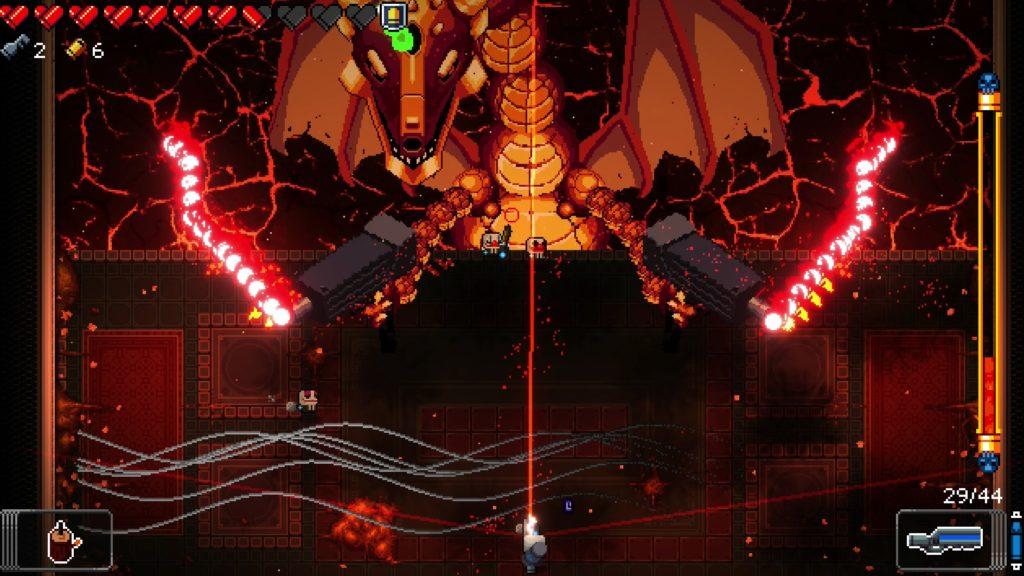Game to Compare: Werewolf
Creators: Dimitry Davidoff
Platform: physical social game
Target audience: designed for players 13 and up that are interested in social deception and hidden role games
Introduction
A common social deception game is Werewolf, which is a party game where players are secretly assigned roles as villagers or werewolves and try to survive through rounds of accusations, eliminations, and lying. What makes the game interesting and fun for me personally is how simple the core mechanics are. There are night and day cycles, secret roles, and group voting, which is a simple setup, but they end up generating lots of tension and distrust in the group. Compared to other social deduction games like Mafia or Secret Hitler, Werewolf feels a little more chaotic and less structured, relying heavily on instinct and social reads rather than formal clues or mechanical balance. That looser structure differentiates it by making discussions feel more free form, which can be both exciting and risky. When comparing Werewolf to our team’s concept, I noticed both games are built around hidden information, alliances, and eliminations, but differ in player knowledge and action. In my team’s concept, players wake up with no memory of who they are and must secretly gather clues, uncover their real identities, and crack a code while trying to understand hidden alliances and find out who the spies are. Using word-based clues and secret roles like Observers and Agents, players must deduce who to trust before time runs out. I do more comparisons on both games below.
Mechanics, Dynamics, and Aesthetics
The core mechanic in Werewolf, as mentioned previously, is the day and night cycle. At night, werewolves secretly eliminate a villager. During the day, everyone debates and votes on who to eliminate, hoping to catch a werewolf. This cycle repeats until either the werewolves are eliminated or they outnumber the villagers. It’s a super simple structure, but it creates a fun atmosphere with powerful dynamics like fear of betrayal, debates, and social paranoia. Those dynamics lead to aesthetic outcomes like suspense, relief, and betrayal, which are emotional targets the game aims for.
In my team’s game, called Code War (for now), the mechanics are similar. We also have hidden roles, group discussions, and voting, but the dynamics differ in that players have partial, unreliable clues about their identity and others’ words to go off of each round. Instead of pure behavioral guessing and trying to get others on your side, players have evidence through clues and observations and gradually form alliances. The addition of roles like Observer and Avenger, and the use of related but different secret words, means that players have a reason to focus on the content of conversations instead of just social tells. These lead to a different type of tension in our game, more of a slow and strategic deduction under pressure.
Personal Experience
When I played Werewolf, the most fun moments came from bold accusations and surprise reveals. However, it is definitely easy for some games to go off the rails early. If players randomly guess wrong and eliminate a key villager, the whole balance of the game is impacted and other players have a difficult time since there aren’t many ways to recover if you are one of the targeted individuals early. Additionally, once you are out in this game, you are out, and you’re not involved. In contrast, since we took motivation from Werewolf and Mafia, my team wanted to give players more clues and also enable eliminated players to contribute. Clues are based on words rather than just the impression that someone is giving off, so even if you start out unsure about someone, as time runs, you will pick up patterns about that person. When players are out, which we call Ghosts, they are still able to play by voting the order of who gets to speak, which makes a big difference because it is objectively easier to start off a round than go at the end.
One thing that Werewolf does really well is how the fear of death and elimination raises the stakes each round. Players know they could be eliminated any time, which keeps discussions going and forces relatively quick decisions. If we want to, we could experiment in our game with a time pressure mechanic that would give players limited time to make accusations or limit discussion rounds. I would imagine that adding a ticking clock would increase the urgency and make players reveal more under pressure, but it might also make the strategic aspects of our game feel a little bit rushed.
Conclusion:
Both Werewolf and my team’s game revolve around hidden roles, deception, and trust, but they create different player experiences. Werewolf leans into chaotic intuition and social scrambling, while our game adds some structure and mystery through clues and word associations. I think our design builds a slower, deeper kind of tension that rewards careful observations. Looking at
Werewolf helped me appreciate how powerful the simple mechanics in a game can be, but also showed me that adding a little structure can potentially lead to a richer and more inclusive experience without losing the fun in the game.



